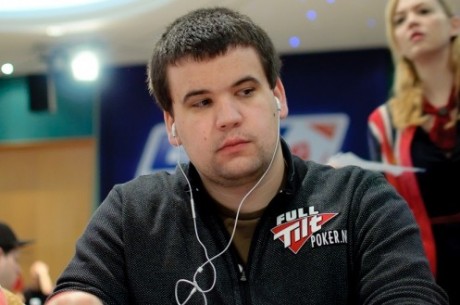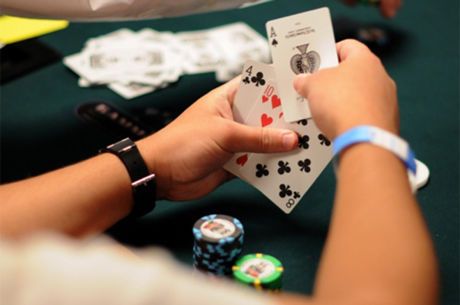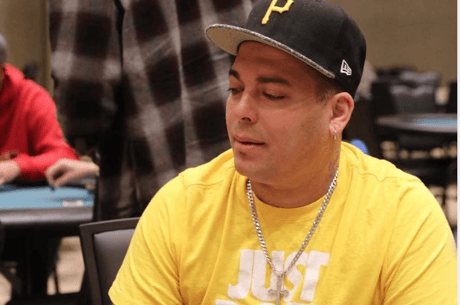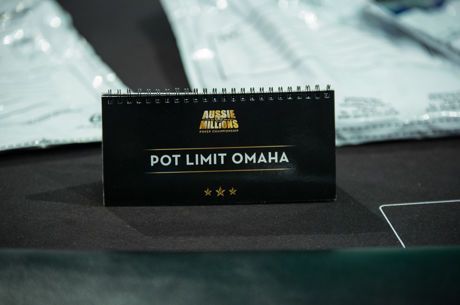Playing Early Position Hands in Limit Omaha 8 or Better

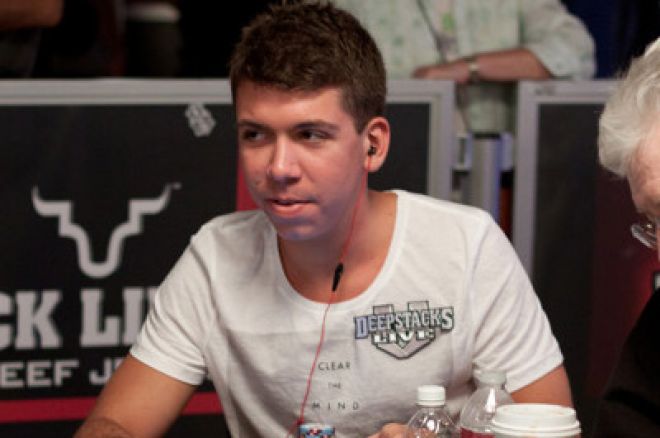
Darryll Fish has accumulated just under $1.4 million in online and live-tournament cashes in his short four-year career. Having recently transitioned to playing only live poker, Fish is determined to make his mark at the 2011 World Series of Poker. So far, he has two cashes, one in the $1,500 No-Limit Hold’em Triple Chance, and the other in a $1,000 No-Limit Hold’em event. Not only is he well versed in no-limit hold’em, but he’s also very experienced in all variations of Omaha. Fish spoke to PokerNews about playing preflop in early position in limit Omaha hi-lo split eight-or-better.
What kind of hand ranges are you looking to play in early position, and how can you decide whether to limp in or raise?
A lot of it depends on your ability to play post-flop because a lot of players will get connected to just the low draw with no high possibilities, which is really bad. Doing that can lose you a lot of chips. Most beginning players see the nut-low draw and think that it’s the nuts. In reality, if you just have the nut-low draw with no high possibility, the majority of the time you’re going to lose a big pot either because either you don’t get there, or you get quartered. I’d say the biggest mistake is playing uncoordinated low hands if you’re not able to get away from a bad low on the flop. The better you become post-flop, the more hands you can play from early position. Hands like ace-three-six-seven, if played in early position, are going to get you in a lot of trouble.
In general, you want to have suited aces. Any suited ace-two is something you’re going to want to play. In this game you want to make sure your hand has strength on both the high and low so hands like ace-two-king-four. Any hands with three or four prime cards, which are ace-through-five, is going to be a good hand to possibly make a wheel. However, having three prime cards and any cards with an eight, nine, or ten really weakens your hand strength. Those are generally the worst cards to have in this game because they don’t usually apply to the board and they can’t go both ways. Once you decide to play a hand, then depending on your hand strength, what your plan is on the flop, stack size, and what you’re trying to accomplish, you can decide to limp or raise.
A hand like ace-king-two-six is going to do much better in a raised pot because if you get heads up, you have ace-king for the high, and ace-two for the low whereas a hand like ace-two-three-six, you want to go multi-way since you’re looking to win just one half of the pot. You have think about how your hand is going to connect to the board, and what kind of boards you’re going to want to put a lot of money in on, and whether it’s better to go heads up or multi-way with your hand. Hand ranges depends maybe not so much on your hand strength but on your hand strength post-flop and whether or not you're able to put in a bunch of bets drawing to half the pot.
Do you happen to have a hand you can tell us about that illustrates an early position preflop decision?
Actually, I have an interesting hand that my friend Steven Burkholder played. He had ace-two-three-six double suited. The blinds were 1,000/2,000, and he had a 20,000 stack. He was under the gun plus one. When he told me about the hand, my first instinct would be to limp with a hand like this because it’s going to play really well multi-way, whereas heads up, you’re not going to have as much high strength like you would if you had a king in your hand.
Like I said before, with a hand like ace-two-three-six, you want to go multi-way and hit a low, which is unable to get counterfeited. In this hand he told me about, he raised which, as a no-limit player, you tend to think that aggression is key. They’re not used to limping in. In Omaha hi-lo, there are a lot of spots like this one. If you limp in, you can encourage multiway action. After he raised, he got three-bet. Once he got three-bet, not only did that isolate him to go heads up, but also, he'd have to put at least 6,000 in preflop. At this point, as a no-limit hold'em tournament player, you might start to think, “Well, I don’t want to put this much of my chips in a pot and get away from the hand, so I'll reraise." He thought he should four-bet to commit himself.
What I told him was that in Omaha hi-lo specifically, you can afford to try and see the flop cheaply to see if you connect, and then get a bunch of bets in, whereas in hold’em, you want to see all five cards come out more often. In Omaha hi-lo, there are some flops that are so far away from you, that you can just get away from your hand and wait for a better spot.
So anyway, he four-bet to 8,000. The flop came jack-nine-three rainbow with one of his suits. He’s in a spot now where he has bottom pair with some backdoor lows, but he doesn’t really have much of a hand. If the guy has aces, he’s really in a bad spot with his hand. What happened in the hand was that he checked, the guy bet 2,000 and he called. The turn was a four which gave him a low wrap. He basically got all in on the turn. The river was high card and he had to get his last bet in there. His opponent ended up having top two pair, and he was out of the tournament.
The whole hand would have gone differently if he had limped in. Say he did and then the guy raised. It would still be possible for it to go multiway, and he could easily just call the raise to see a flop. If it is a good flop for him, he can still get a ton of money in. It’s just a good spot to try and see the flop with a lot of players, which is the something that most poker players who aren’t familiar with the game won’t think about because they’re used to trying to just take down pots by being aggressive. That’s not necessarily always the right way to go. This might look like a weak passive approach, but in reality, it’s the best way to play the hand. You want to preserve your stack.
Remember, follow us on Twitter for up-to-the-minute news.

